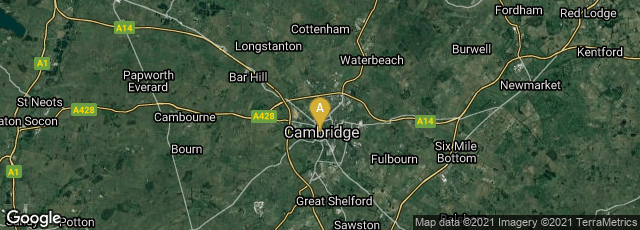

A: Cambridge, England, United Kingdom
Five months after Max von Laue published his discovery of the defraction of x-rays in crystals, English physicist William Lawrence Bragg, at the age of 22, discovered that the regular pattern of dots produced on a photographic plate by an X-ray beam passing through a crystal could be regarded as a reflection of electromagnetic radiation from planes in a crystal that were especially densely studded with atoms. From this work the younger Bragg derived the “Bragg relation” or Bragg's law (nλ = 2d sin O). This relates the wavelength of the X-ray to the angle at which such a reflection could occur.
“The Diffraction of Short Electromagnetic Waves by a Crystal,” read 11 Nov. 1912 and published in Proceedings of the Cambridge Philosophical Society 17 (14 Feb. 1913) 43-57; W. H. Bragg, “X-rays and Crystals,” Nature 90 (23 Jan. 1913) 572.
Hook & Norman, The Haskell F. Norman Library of Science & Medicine (1991) No. 311.